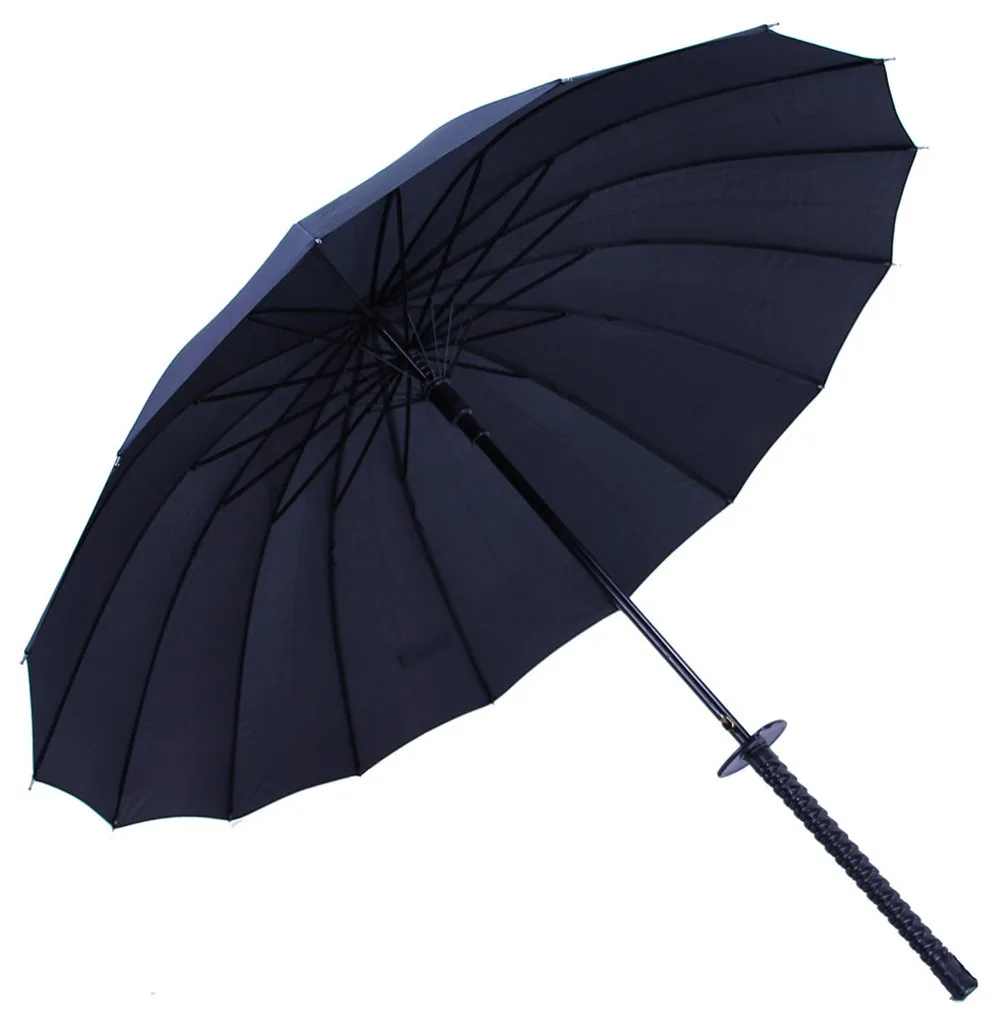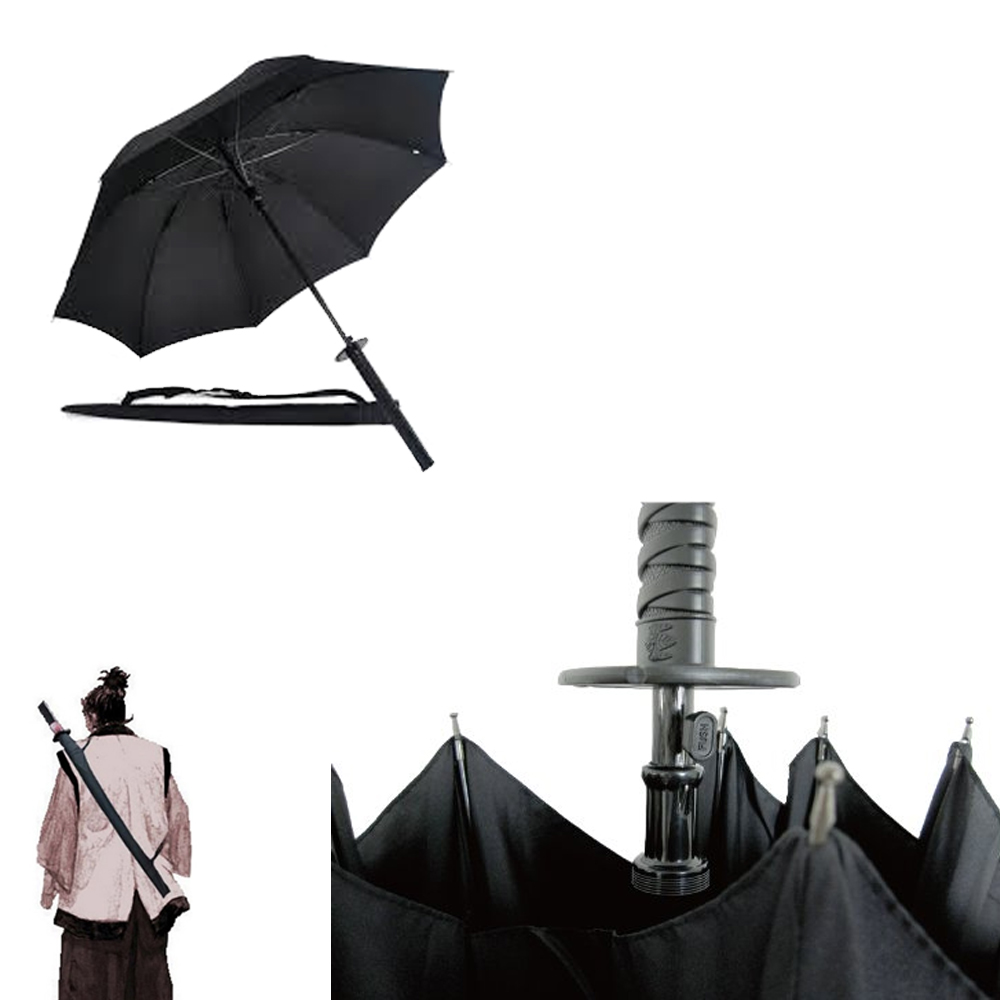

In the absence of frequent need to use a sword, it was stored at home in the installation of untreated magnolia silasia tree, which protects the steel from corrosion. The installation of a sword for wearing on the street is called Kosirae, this includes the lacquered sheath of the saja. Sitting down, he laid the katana on the floor within reach, and the wakizashi was not removed. In the event of possible conflicts, he held the sword in his left hand in a state of alert or, as a sign of trust, in the right. When the samurai entered the house, he took the katana out from behind his belt. This is the accepted method of wearing in society, formed after the end of Sengoku wars in the early 17th century, when arms were more a tradition than a military necessity. The katana and wakizashi are always worn on the left side of the case in a sheath, laid down by the girdle, with the blade up. The most famous are Kashima Shinto Ryu, Kashima Shin Ryu and Katori Shinto Ryu. In Japan, there are still numerous traditional fencing schools that managed to survive after the general prohibition of Emperor Meiji to carry swords. This type of sword fencing, depending on the particular style, can be practiced as a sport discipline. Kendo is the art of fencing with a bamboo sword, in which it is mandatory to wear a protection kit similar to the fencing European and consisting of a helmet with a grille covering the face and armor. The art of a surprise attack and counterattack is called Iaido and is a meditative type of combat that is fought with an imaginary opponent. Kenjutsu, the practical art of fencing with a sword, reborn into a modern look – gendai budo. Working with a katana and wakidzashi is similar to the methods of eskrima.

The Japanese swordsman Miyamoto Musashi wrote the book “Gorin no Se” (“The Book of Five Rings”), in which he reveals his technique of two swords.

That is why the blades have a curved shape.

Therefore, it is more appropriate to speak not about strikes in the form in which they are characteristic of Western sword technicians but about cuts. The basic idea of the Japanese art of sword and the techniques based on it is that the longitudinal axis of the sword during the attack must go to the target not at a right angle, but along its plane, causing cutting strokes. The oldest schools of katana art originate in the XV-XVI centuries. The Katana was used primarily as a cutting weapon, allowing both a two-handed and a one-handed grip. The sheath for all three types of swords is called saja they are made of varnished wood. In the narrow sense, the katana is a curved sword, with a cutting part outwards, with a blade two or more shaku long and a handle of various lengths. Katana is in many respects similar to the earlier Chinese sword of Miao Tao. Katana appeared in the 15th century as a consequence of the evolution of Tati and was used until the end of the 19th century as a traditional samurai weapon, primarily in combination with the short wakizashi. If the length of the blade is less than 2 shaku, then this is a short wakizashi sword, and if more than 2.5 shaku, then it is a rolled big katana or tati, but in addition to the size, the Tati traditionally has a greater bend. The length of the blade is from 2 to 2.5 shaku (60.6-75.7 cm), the total length with the handle is about 85-105 cm (usually 90-100 cm). Katana, t he word means “a curved sword with a one-sided blade”.


 0 kommentar(er)
0 kommentar(er)
